
Filter by

Filter by
This paper aims to produce an optimization methodology for a truss for minimal stress on critical sections using Machine learning models. This is done by varying the height and length of the truss span and applying live loads on different joints. The optimization of the truss is done through feed forward with back propagation artificial neural network model, The optimized truss is modelled and
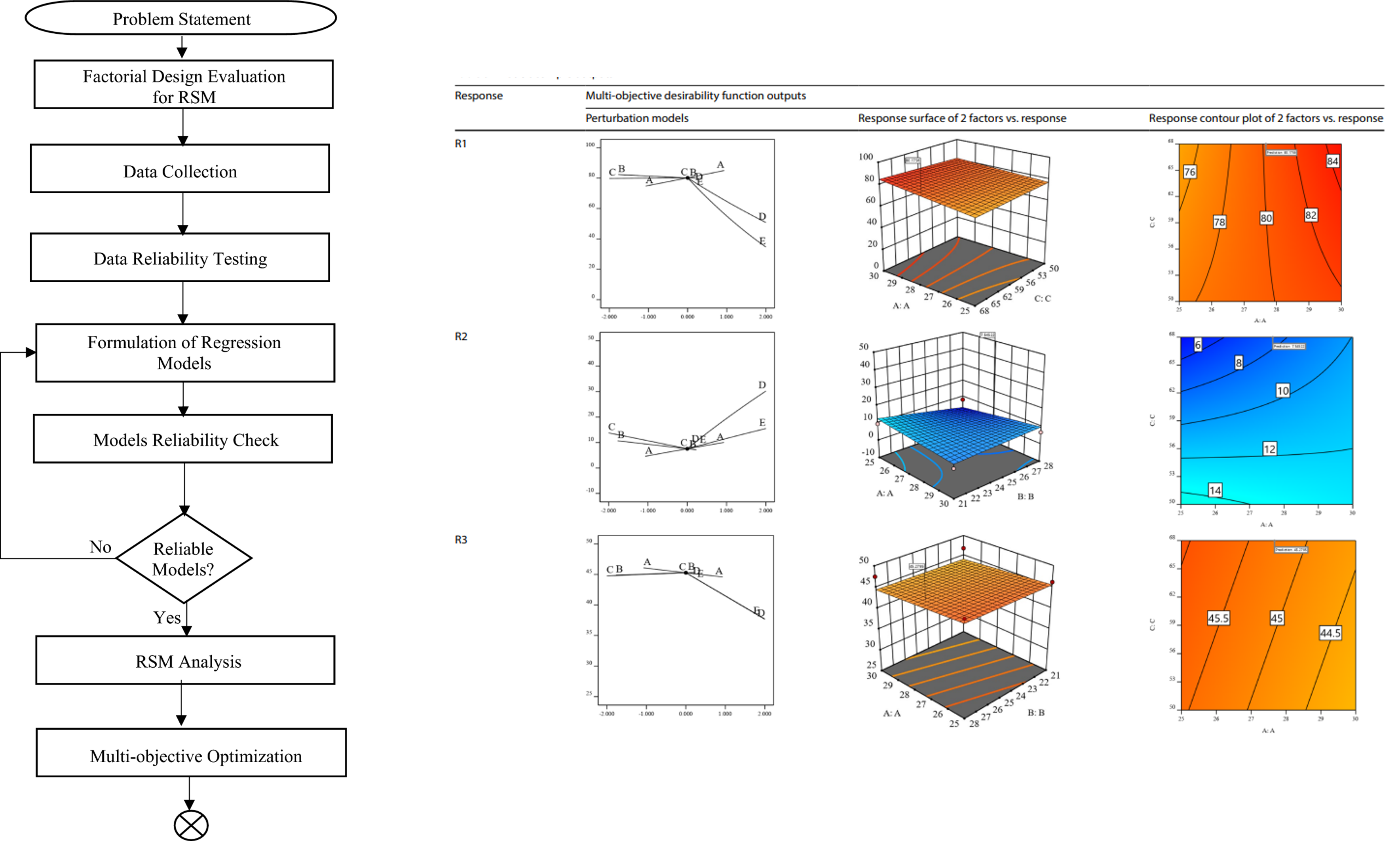
Despite advancements in ergonomic comfort assessments in automotive design, optimizing seat dimensions within the constrained spaces of micro-electric cars presents a substantial challenge. In this study, response surface methodology (RSM) is utilized for the ergonomics design of a micro electric car in the conceptual design phase. Specifically, five critical seat dimensions are analyzed: Seatback
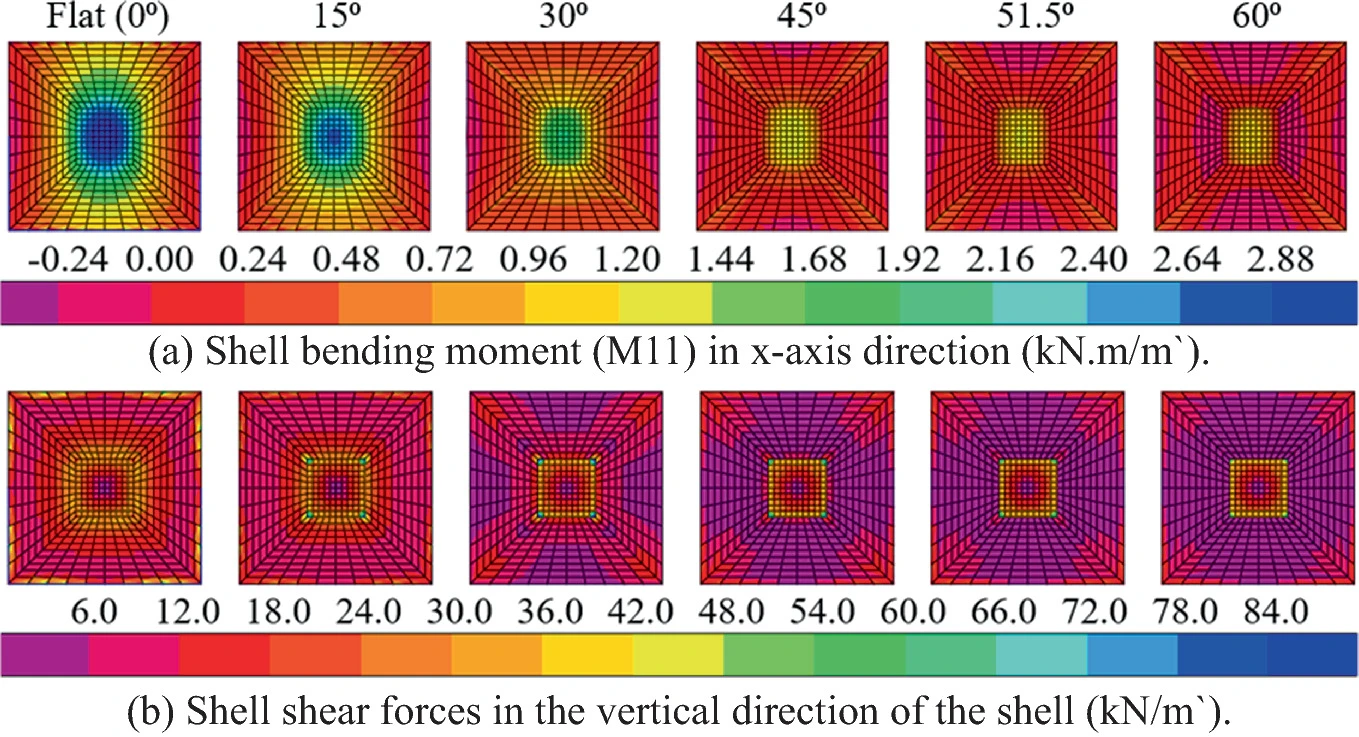
Folded isolated footings represent an alternative to traditional isolated footings to support structures on weak soils. The reinforced concrete used in folded footings can be optimized by minimizing the tensile stresses developing in the concrete section, reducing the resulting settlement and the redistribution of stresses on the supporting soil. This study presents a comprehensive numerical
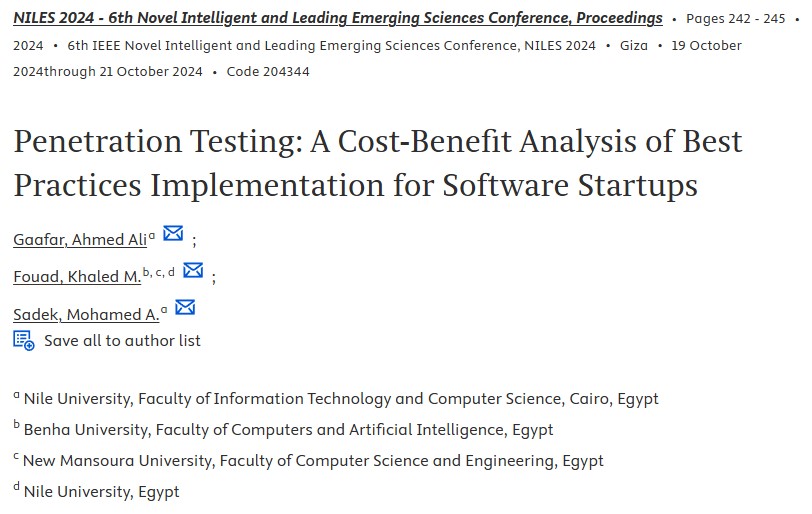
Despite software startups often not handlingsensitive data, the implementation of robust security measures is crucial to mitigate significant financial and reputational risks. This study investigates the cost-benefit analysis of implementing best practices in penetration testing (Pentest) versus notimplementing them, using Roboost as a case study. It emphasizes that proactive security investments
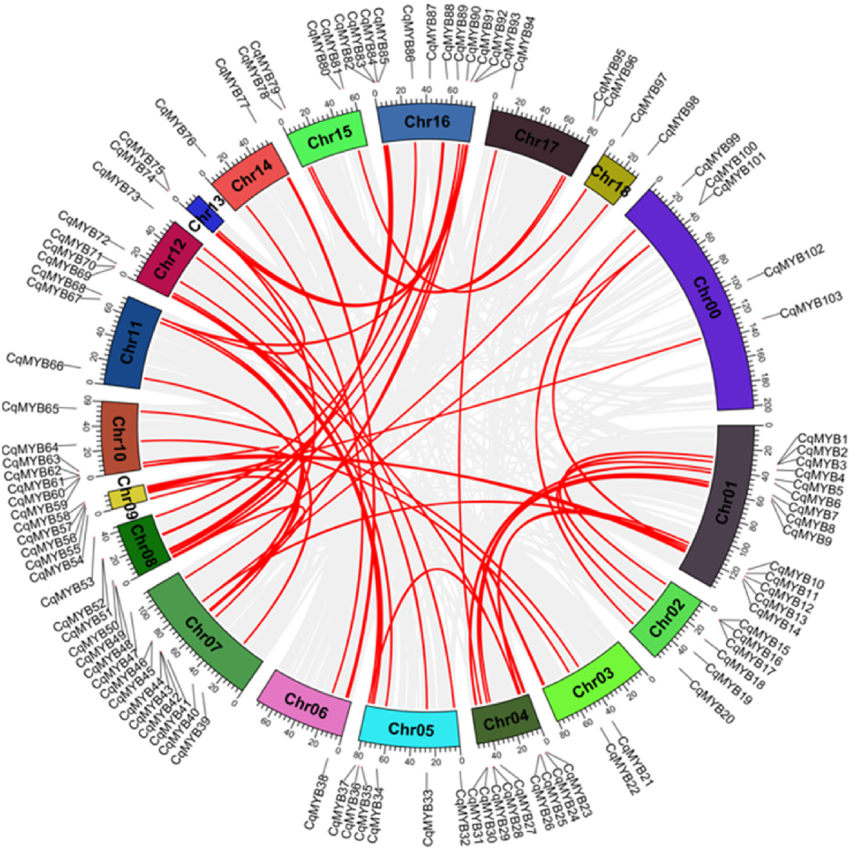
The MYB transcription factor (TF) are among the largest gene families of plants being responsible for several biological processes. The R2R3-MYB gene family are integral player regulating plant primary and secondary metabolism, growth and development, and responses to hormones and stresses. The phylogenetic analysis combined with gene structure analysis and motif determination resulted in division
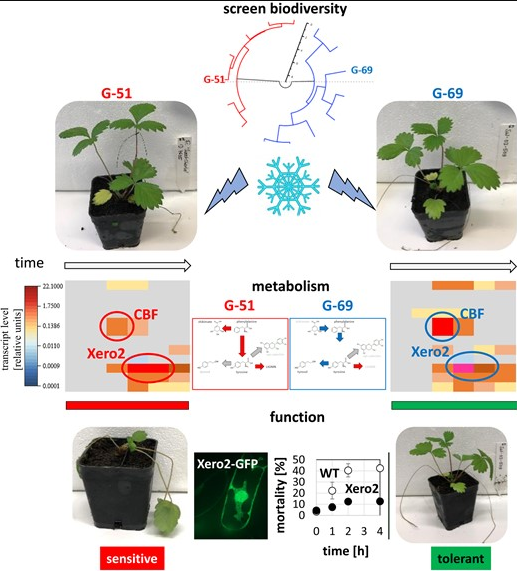
Domesticated strawberry is susceptible to sudden frost episodes, limiting the productivity of this cash crop in regions where they are grown during early spring. In contrast, the ancestral woodland strawberry (Fragaria vesca) has successfully colonized many habitats of the Northern Hemisphere. Thus, this species seems to harbour genetic factors promoting cold tolerance. Screening a germplasm
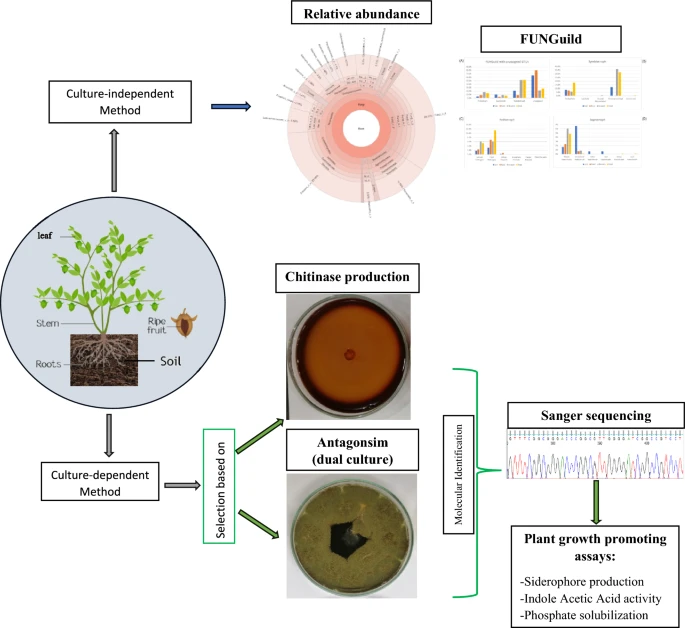
Jojoba shrubs are wild plants cultivated in arid and semiarid lands and characterized by tolerance to drought, salinity, and high temperatures. Fungi associated with such plants may be attributed to the tolerance of host plants against biotic stress in addition to the promotion of plant growth. Previous studies showed the importance of jojoba as jojoba oil in the agricultural field; however, no
Rice is a major cereal crop which ensure food security to more than half of the global population. Several biotic factors impact rice grain quality and its final production. White stripe disease, caused by pathogen Stenotrophomonas maltophilia is considered among the major limiting factor for reducing rice yields and quality. Present study was performed to understand the white stripe disease
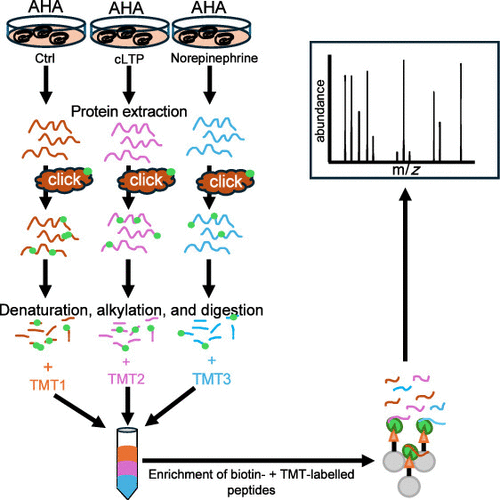
Direct detection of biotinylated proteins (DiDBiT) is a proteomic method that can enrich and detect newly synthesized proteins (NSPs) labeled with bio-orthogonal amino acids with 20-fold improved detectability compared to conventional methods. However, DiDBiT has currently been used to compare only two conditions per experiment. Here, we present DiDBiT-TMT, a method that can be used to quantify
The SPL gene family (for Squamosa Promoter-binding like Proteins) represents specific transcription factors that have significant roles in abiotic stress tolerance, development and the growth processes of different plants, including initiation of the leaf, branching and development of shoot and fruits. The SPL gene family has been studied in different plant species; however, its role is not yet